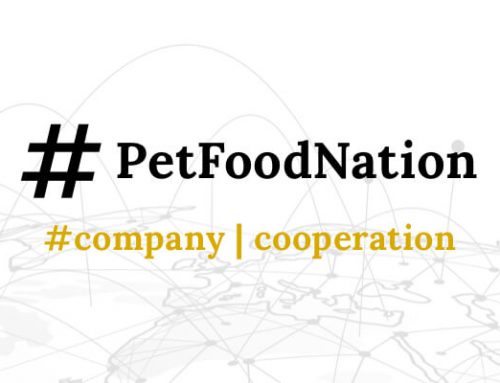As already seen in the other articels, the new EU organic regulation (REGULATION (EU) 2018/848 on organic production and labeling of organic products and repealing Council Regulation (EC) No 834/2007) brings some changes about the labeling of organic products including pet food. Despite these changes, the basic requirements for labeling of organic products remain the same.
Basics requirements on when a product can be labeled as organic
For the purposes of the regulation a product may only be labeled as organic if it meets the requirements for organic products laid down in the regulation. For pet food this means that
- the products have to comply with a wide variety of production rules set out in Parts II, III and V of Annex II of the Regulation
- all of the ingredients of agricultural origin that are contained in the processed pet food have to be organic
- at least 95 % of the dry matter of the product have to be organic.
Basic requirements on how to label organic products
The Regulation does not only state when a product can be labeled organic it also sets out basic requirements on how the labeling has to be designed.
1. Code number of the control authority or control body
According to Art. 32 (1) (a) of the Regulation, the labeling must include the code number of the control authority or the control body that is responsible for the control of the company that conducted the last production or preparation operation regarding the product. The format of the control number shall be as follows:
AB-CDE-999
-
AB is the ISO code of the country where the controls take place.
-
CDE is a three letter term to be decided by the Commission for each Member State (e.g.“bio” oder “öko”).
-
999 is the reference number, indicated in maximum three digits.
2. Organic production logo
In case of prepacked (human) food there is an obligation for the use of the logo. However, the organic production logo of the EU can also be used for the labeling of other products, for example animal feed.

When using the organic production logo of the EU, the logo must comply with the following requirements:
• The reference color of the logo is green (Green Pantone No. 376 and Green (50% Cyan + 100% Yellow)). In specific circumstances, the logo may also be used in black and white.
• If the logo is difficult to see due to the background color of the packaging or label, it may be provided with a delimiting outer line around the logo.
• The logo shall have a height of at least 9mm and a width of at least 13.5mm wide. In case of very small packages, the height may be reduced to a height of 6mm.
3. Origin of the agricultural raw materials
Where the organic production logo of the EU is used, an indication of the place where the agricultural raw materials of which the product is composed have been farmed shall appear in the same visual field as the logo. For the new options in labeling the origin of organic products see our article “New options in labeling the origin of organic food, pet food and feed products within the EU”

About the author:
Eva Vonau is a lawyer specializing in e-commerce, digital business and IP law. She advises i.a. on the legal requirements of online stores as well as advertising and product labeling in the pet food industry.
VC Legal is a German law firm specializing in media, advertising, digital business and data.
If you have further questions feel free to contact our contributor Dr. Eva Vonau of the German law firm VC Legal (vc-legal.eu) at eva.vonau@vc-legal.eu



